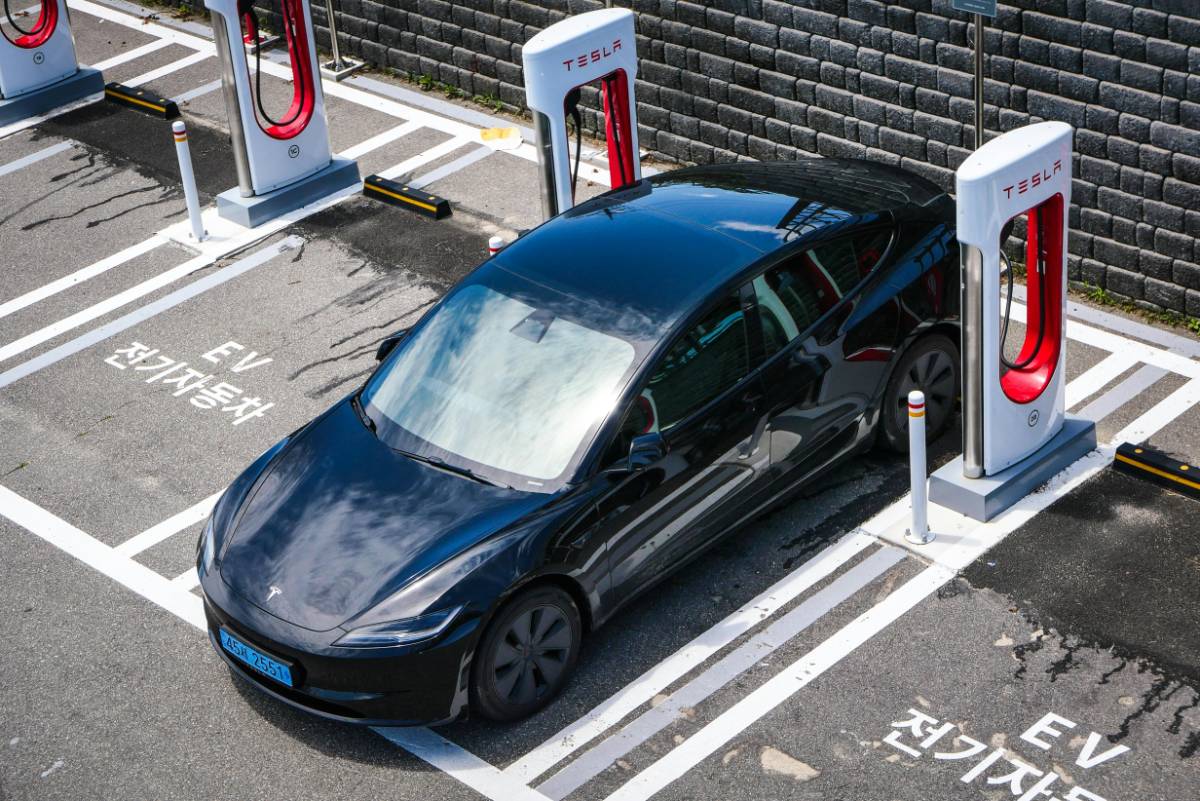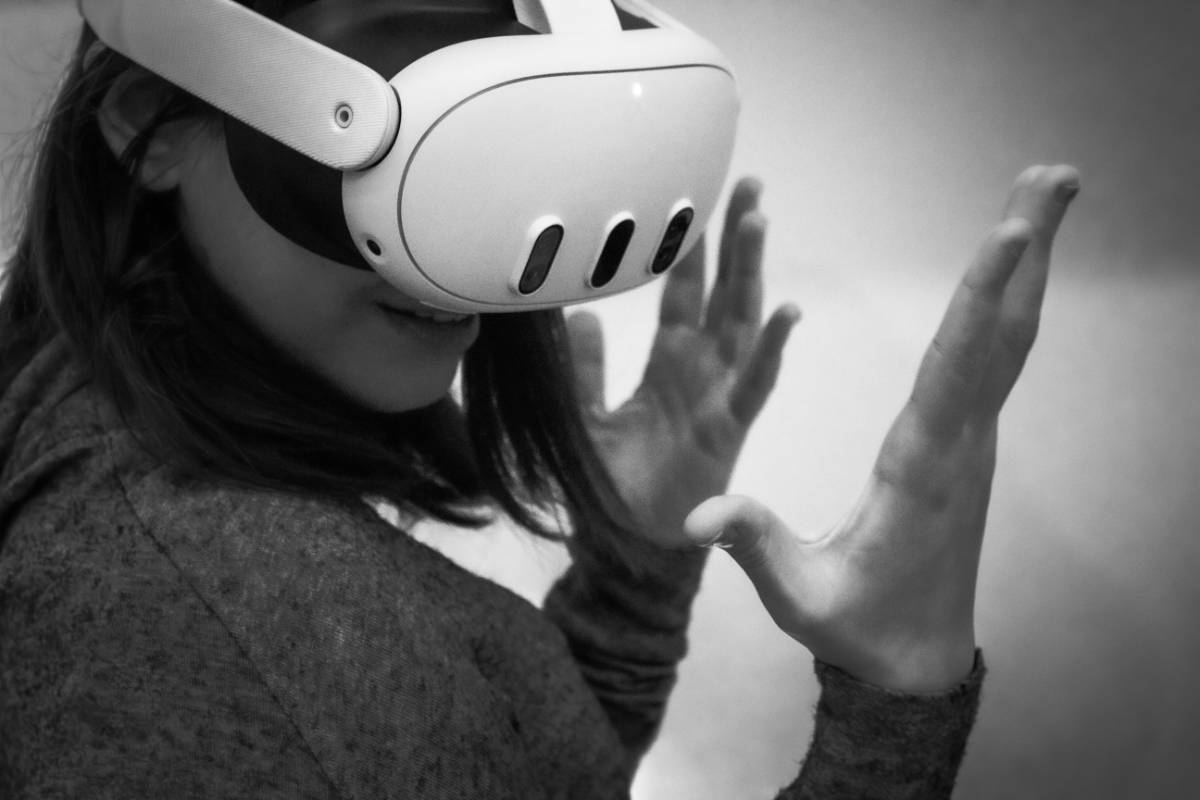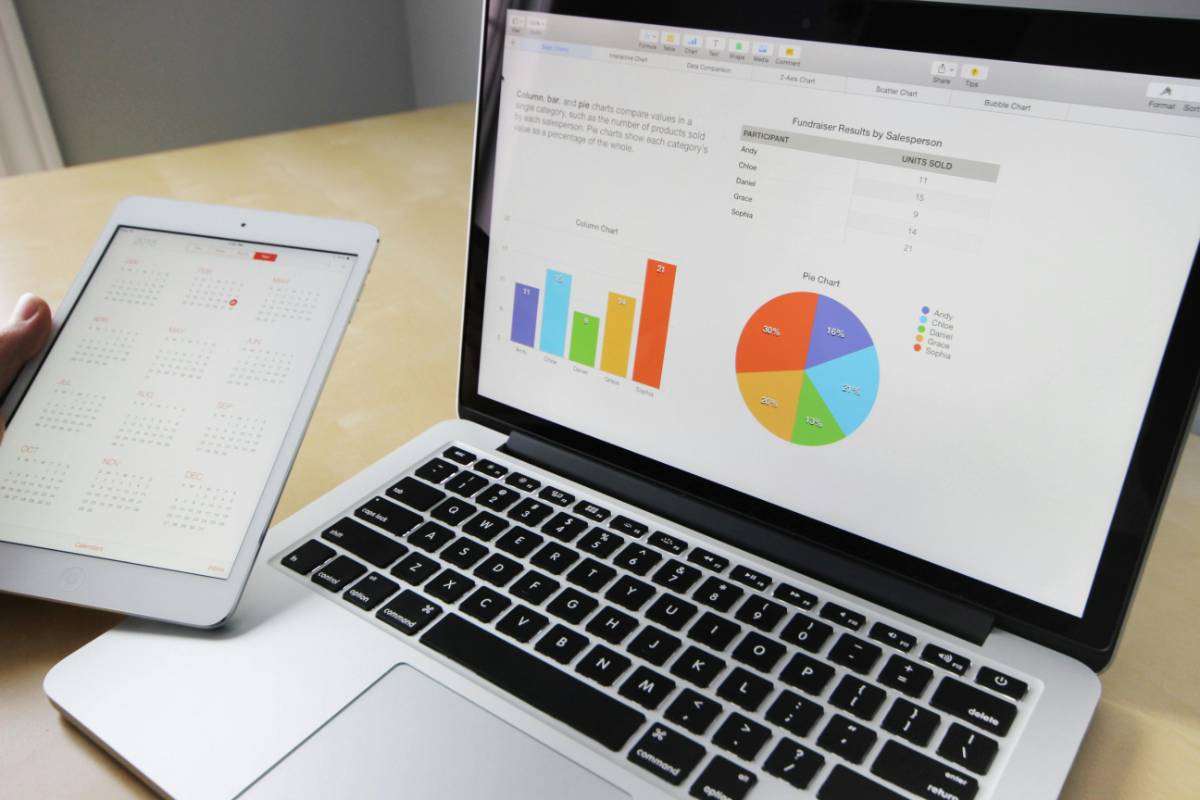Latest Articles

Edge Computing: Decentralizing Data for Faster Access
At its core, edge computing involves processing data at or near the location where it is generated, rather than relying on centralized cloud servers. This approach reduces the need for data to travel long distances to reach a data center, resulting in lower latency and faster response times. Edge computing is particularly valuable in scenarios where real-time processing is critical, such as in autonomous vehicles, industrial automation, and smart cities. By processing data locally, edge computing enables more responsive and efficient operations.
6 min read | 11 Oct 2025

The Impact of Social Media Algorithms: Benefits and Controversies
One of the primary benefits of social media algorithms is their ability to provide users with personalized content that aligns with their interests and preferences. By analyzing user interactions, such as likes, shares, and comments, algorithms can curate a tailored feed that highlights relevant posts, articles, and advertisements. This personalized approach enhances the user experience by presenting content that is more likely to be engaging and meaningful. For businesses and content creators, algorithms offer valuable opportunities to reach targeted audiences and optimize engagement through data-driven insights.
3 min read | 10 Oct 2025

Autonomous Vehicles: The Road to a Driverless Future
Autonomous vehicles are designed to operate without human intervention, using a combination of technologies to navigate and make decisions on the road. Key components include sensors such as lidar, radar, and cameras, which provide the vehicle with a 360-degree view of its surroundings. These sensors feed data to onboard computers that process and interpret the information, allowing the vehicle to detect and respond to obstacles, traffic signals, and road conditions. Machine learning algorithms enable the vehicle to learn from its experiences and improve its performance over time, making autonomous driving increasingly reliable and safe.
5 min read | 09 Oct 2025

Wearable Tech: The Integration of Health and Technology
One of the most prominent examples of wearable tech is the fitness tracker. Devices such as smartwatches and activity bands are equipped with sensors that monitor various health metrics, including heart rate, steps taken, calories burned, and sleep patterns. By providing real-time feedback and insights into physical activity, these devices help users set and achieve fitness goals, track progress, and stay motivated. The convenience and accessibility of fitness trackers have made them popular tools for individuals seeking to improve their overall health and wellness.
4 min read | 08 Oct 2025

Cybersecurity in the Modern Age: Protecting Data in a Digital World
One of the primary challenges in modern cybersecurity is the rapidly evolving nature of cyber threats. Cybercriminals continuously develop new tactics and techniques to exploit vulnerabilities in systems and networks. From ransomware and phishing attacks to sophisticated malware and zero-day exploits, the range of threats is vast and constantly changing. Staying ahead of these threats requires a proactive and adaptive approach to cybersecurity, including regular updates to security protocols and software defenses.
3 min read | 07 Oct 2025

Virtual Reality (VR) in Education: A New Way to Learn
One of the most significant advantages of VR in education is its ability to create engaging and interactive learning environments. Through VR, students can experience simulated environments that would otherwise be inaccessible or impractical. For example, VR can transport students to ancient historical sites, distant planets, or inside the human body, providing a firsthand experience of these subjects. This immersive approach helps students visualize and interact with content in a way that traditional textbooks and lectures cannot match.
3 min read | 06 Oct 2025

The Future of Robotics: Automation, AI, and Human Collaboration
Automation has long been a cornerstone of robotics, enabling machines to perform repetitive tasks with precision and efficiency. The future of robotics will see increased levels of automation, with robots taking on more complex and dynamic roles. Advances in sensors, actuators, and control systems are allowing robots to operate in unstructured environments and adapt to changing conditions. For example, autonomous drones are being used for tasks such as delivery, inspection, and monitoring, while robotic arms in manufacturing are capable of performing intricate assembly tasks with high accuracy.
5 min read | 05 Oct 2025

Blockchain Beyond Bitcoin: The Technology’s Expanding Use Cases
At its core, blockchain is a decentralized ledger that records transactions across a network of computers. Each transaction, or block, is linked to the previous one, creating a chain of records that is immutable and transparent. This unique structure ensures data integrity and security, making blockchain an attractive solution for various applications beyond cryptocurrency.
3 min read | 04 Oct 2025

5G Technology: Revolutionizing Communication and Connectivity
One of the most significant advancements with 5G is its dramatically increased data transfer speeds. While 4G technology offers speeds of up to 1 Gbps, 5G is expected to reach speeds of up to 10 Gbps, making it up to ten times faster. This leap in speed enables users to download and upload large files in seconds, stream high-definition content seamlessly, and enjoy more responsive applications. For example, the ability to download a full-length HD movie in a matter of seconds could drastically change how we consume media and entertainment.
5 min read | 03 Oct 2025

Quantum Computing: The Next Big Leap in Technology
At the core of quantum computing is the principle of superposition. While classical bits can only be in a state of 0 or 1, qubits can exist in a combination of both states simultaneously. This allows quantum computers to process a vast amount of possibilities at once. For example, a quantum computer with just 50 qubits can represent over one quadrillion different states, vastly surpassing the capacity of classical computers in handling complex computations.
4 min read | 02 Oct 2025

The Rise of AI: How Artificial Intelligence is Shaping the Future
In the healthcare industry, AI is making substantial strides in improving patient care and operational efficiency. One of the most prominent applications of AI in healthcare is in diagnostics. Machine learning algorithms are now capable of analyzing medical images, such as X-rays, MRIs, and CT scans, with a level of accuracy that often surpasses human radiologists. For instance, AI systems can detect anomalies such as tumors and fractures with high precision, enabling early diagnosis and treatment. This not only enhances patient outcomes but also reduces the burden on healthcare professionals who often face overwhelming workloads.
3 min read | 01 Oct 2025

Carbon Capture Technology: Combatting Climate Change
Advancements in Carbon Capture technologies include various methods such as post-combustion capture, pre-combustion capture, and oxy-fuel combustion. These technologies capture CO2 from exhaust gases, fossil fuel processing, or industrial emissions, and then store it underground or utilize it for enhanced oil recovery and other industrial applications.
6 min read | 30 Sep 2025
Recent's Articles

Ethics in AI: Balancing Innovation and Responsibility
4 min read | 11 Oct 2025
Tech Startups: Innovation and Disruption in the Digital Age
5 min read | 10 Oct 2025
The Role of Big Data in Shaping Modern Businesses
5 min read | 09 Oct 2025
Augmented Reality (AR) in Retail: Enhancing Customer Experience
3 min read | 08 Oct 2025
E-commerce Evolution: The Role of AI and Big Data
4 min read | 07 Oct 2025
Smart Homes: Transforming Living Spaces with IoT Devices
3 min read | 06 Oct 2025
Biotech Advancements: The Intersection of Technology and Biology
3 min read | 05 Oct 2025